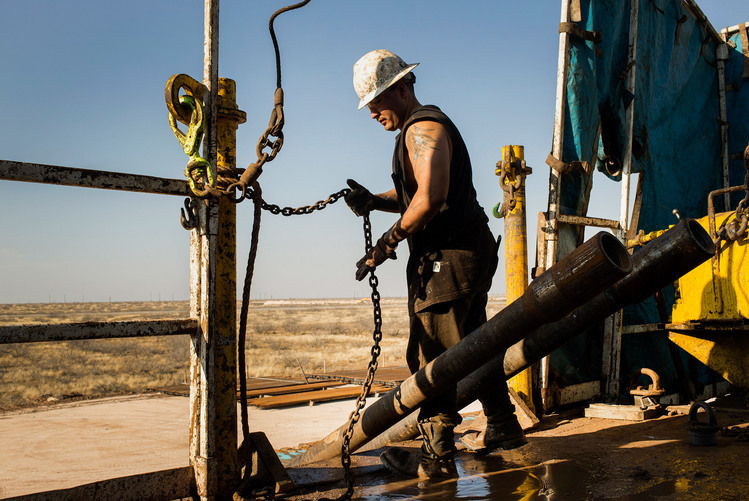
The oil industry is expected to boost spending for the first time in three years after slashing almost half a million jobs globally during the downturn, according to industry consultant Graves & Co.
More than three quarters of the 440,131 oil jobs eliminated around the world through the end of 2016 came from the oilfield service providers, drilling contractors and equipment makers, said John Graves, whose Houston firm assists in oil and gas deals with audits and due diligence. He has tracked announcements of layoffs from all parts of the oil industry since the downturn began in the middle of 2014. Roughly a third of the cuts came in the U.S., Graves estimates.
Oil companies are starting to hire back workers as they add rigs to the shale patch in North America to take advantage of oil prices above $50 a barrel. After unprecedented spending cuts over the past two years, explorers are forecast to boost capital expenditures by 7 percent this year, David Anderson, an analyst at Barclays, wrote Monday in a note to investors.
The number of U.S. workers employed in the oil and gas extraction industry has increased slightly after hitting a five-year low in July, according to the Bureau of Labor Statistics.
“Aggressive cost cutting this downturn has reversed much of the ‘ boom town’ employee-related inflation,” Anderson said in the note. “Attrition of qualified labor into less cyclical industries with greater job security, more stable income and better work/life balance could create cost inflation and bottleneck in a sharp recovery.”
After the world’s four largest service companies spent $3.12 billion in severance costs over the past two years, the industry is acutely aware of the heavy reliance on manpower in the oil patch, Art Soucy, president of products and technology for Baker Hughes, said last month at an investor meeting.
The Graves estimate for job cuts is 25 percent more than a report he issued in May, when total headcount reductions topped 350,000 during the downturn.
Explorers and producers, who hire the service companies to drill their wells, were responsible for 90,480, or 21 percent, of the layoffs, Graves said Monday. Companies in the refining sector accounted for just 3 percent of the workforce shrinkage.
West Texas Intermediate, the U.S. crude benchmark, has nearly doubled since closing at a low in February last year. Explorers in the U.S. have already added more than 100 rigs since September.
Recommended for you
